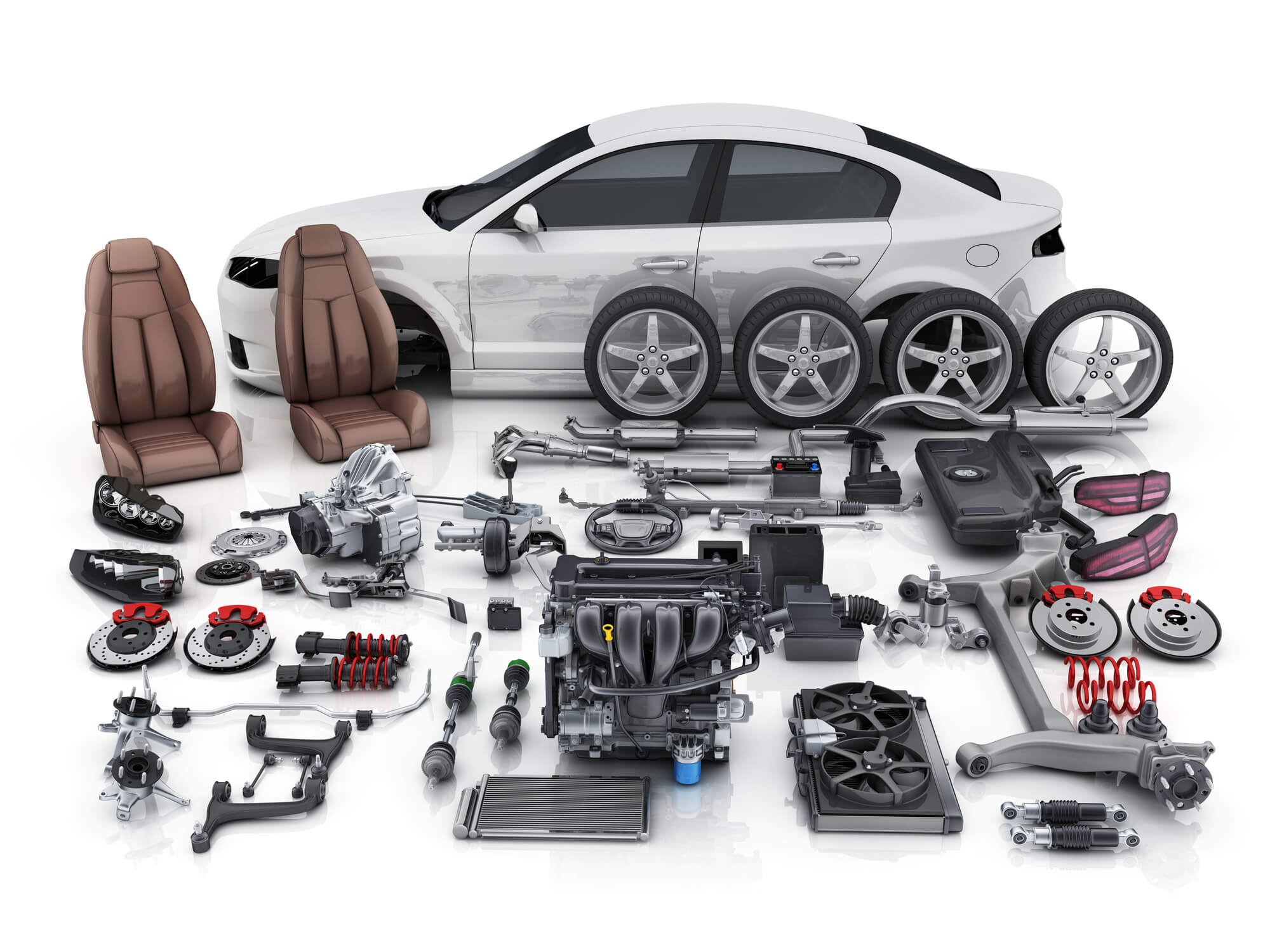Introduction

Welcome to the front of the revolution in car design. Today’s manufacturing industry has been transformed by eco-friendly alternatives which are sustainable materials, substituting conventional ones. This paper is about “Sustainable Materials in Automotive Manufacturing.” Sustainability has become a major drive behind the growth of the automotive industry for several reasons that we will show you.
Section 2: Key Challenges in Traditional Automotive Sustainable Materials

Steel-making is an energy-consuming process that emits large quantities of carbon while bauxite extraction and processing leads to environmental pollution.
These resources exist only for a short period; hence there is concern over limited availability and supply chain safety. Furthermore, this practice contributes to pollution and waste from the disposal of old vehicles causing other environmental problems.
Moreover, traditional materials may not be sufficiently versatile for new performance requirements associated with contemporary vehicle designs. Fuel efficiency, safety demands, and durability needs for cars continue to grow at an unyielding pace; however conventional constituents lag on the changing landscape of automotive engineering.
Section 3: Emerging Trends in Sustainable Automotive Materials
However recent years have seen a growing introduction of sustainable alternatives in response to these concerns surrounding traditional material use within the auto sector. A good example here is the use of recycled versions like re-processed steels and aluminum whose manufacture reduces their environmental impacts by far during vehicle-making processes.
Additionally increasing popularity can be seen among bio-based products made out of plant fibers e.g. natural rubber or bioplastics because they behave similarly but decompose naturally without releasing any gases into atmosphere-thus stemming from their Carbonic acid neutrality.
Also lightened up by technologies like carbon fiber reinforced polymers (CFRP) as well as natural fiber composites thereby contributing towards stronger yet lighter components for vehicles- this means that fuel economy is enhanced while overall car performance as well as durability are promoted.
Furthermore, through the integration of materials like graphene, aerogels, and nanomaterials into their designs; vehicle manufacturers can also improve the design and functionality of their cars. High strength-to-weight ratios, thermal stability, or electrical conductivity are some of the characteristics exhibited by these materials that indicate a possibility for future vehicles with higher efficiency and environmental friendliness.
Section 4: Environmental Impact of Traditional Automotive Materials

Additionally, the use of fossil fuels in transportation and manufacturing industries has exacerbated this problem, making carbon dioxide emissions a major worry. On the other hand, the final stage of these products’ useful life becomes difficult for recycling because some of their constituents contain hazardous elements that need proper management to prevent them from leaching back into the environment.
In summary, depletion of resources; pollution even climate change are some environmental implications due to the use of traditional materials in automotive manufacturing. Thus recognizing these problems highlights that it is important to turn to sustainable alternatives with negative impact on the environment and have a more resilient and green automobile industry.
Conclusion
To sum up, incorporating eco-friendly materials into the vehicle manufacturing process is a vital step towards a greener and more efficient future. The sustainability journey includes several areas like modern technologies that are innovative design practices that will lead us there eventually. The future is bright because of these improvements which not only help the automotive industry balance its environmental impact but also uplift the economy while addressing emerging societal needs. This way, our path to sustainability gets paved.
